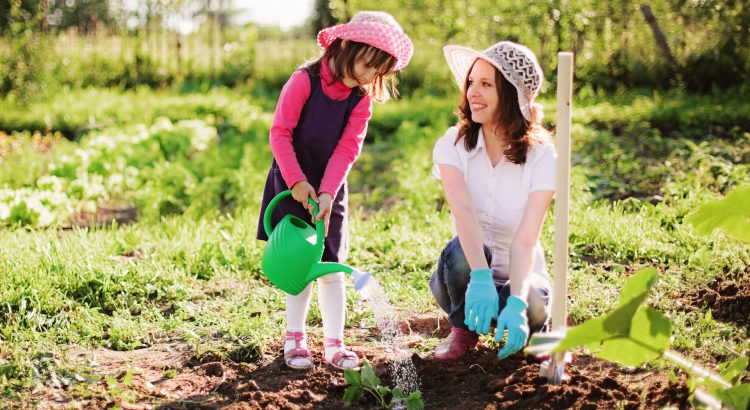Whether you want to teach your children about the importance of nature, or just want to have fun together, you can do so by enjoying gardening with your kids. There are plenty of activities to do, and rewards to get for doing them.
Plants to grow
Having a garden in your backyard can be a great way to spend time with your kids. It can also teach them a lot about sustainability and the life cycle of plants. They can also pick some of the food they grow to eat.
Some of the best kid-friendly plants are pumpkins, sunflowers, carrots, and peas. They’re fun to grow and have large seeds. They can also be carved into Jack-o-lanterns for Halloween.
The most important thing to remember when gardening with children is to have fun! They’re going to have questions. They’ll want to pick plants at different stages of growth, listen to sounds in the garden, and sample fresh fruits and vegetables.
Make sure your kids have their own space and tools. For example, they should have a pint-sized watering can and a small raised bed. This will keep them from climbing into the garden. They should also have a path to get from one place to another.
Activities to do
Having a garden is a great way to introduce kids to the outdoors. It can be an educational activity for them, and can provide them with a safe area for play. If they’re too young to do much in the garden, you can still encourage them to take part by using kid-sized tools.
Planting vegetables is a good way to teach kids about the growth process. They will enjoy eating the food they grow themselves. You can encourage them to eat their greens by including it in their meals.
Another fun garden activity is bird watching. You can use binoculars to watch the birds in the garden. You can also help them create their own bird feeders from old plastic bottles.
Painting pots is an easy and fun garden activity for children of all ages. For an extra fun touch, try making stepping stones. You can also make a mosaic craft, which involves gluing broken pottery to a pot.
Incentives for gardening with children
Getting kids involved in gardening is a great way to boost your garden’s productivity while providing some fun at the same time. It’s also a good opportunity to teach children the importance of healthy eating habits. Having your child eat produce from your garden will help them become more open to trying new foods.
To find out how well a school garden program worked, researchers measured the Beery-Buktenica visual-motor integration short form test. This test measures coordination of fine motor skills and visual perception. Using a sample of preschoolers aged two to six years, researchers found that participants in the treatment group scored higher on the measure.
The biggest awesomest fact is that the control groups were not required to engage in any gardening related activities. The control groups continued with the traditional school curriculum. The most important benefit of a garden program is that it gives kids a reason to get outdoors.
The research also measured the quality of the fruits of your labor. The study’s results indicate that some plants may have been planted wrong, but that it is not hard to create a bumper crop of your own.
Involve all five senses
Creating a garden is an amazing way to involve all five senses with children. There are many activities to engage kids in their senses, such as art projects, books, and hands-on exploration.
Sensory gardens can help break down barriers for children who may have disabilities. They can also help adults enjoy nature more. These gardens can include seating, water features, and textures. They can also be customized to include personal touches. They can be designed to create wind effects, light effects, and safe spaces.
One of the most obvious ways to engage through taste is to plant herbs. These are winter-hardy, low maintenance plants that add unique smells to the garden. For a larger space, you can try edible flowers. Popular options include scented geraniums, perfumed lilacs, sweet-spicy stock, and classic roses.
The sense of touch is also important. Some tactile plants include surprisingly dry straw flowers, feathery artimisia, and fuzzy lambs ears.
For younger children, you can have them crush rosemary or crushed mint. For older kids, you can have them toss a soft squishy ball.

